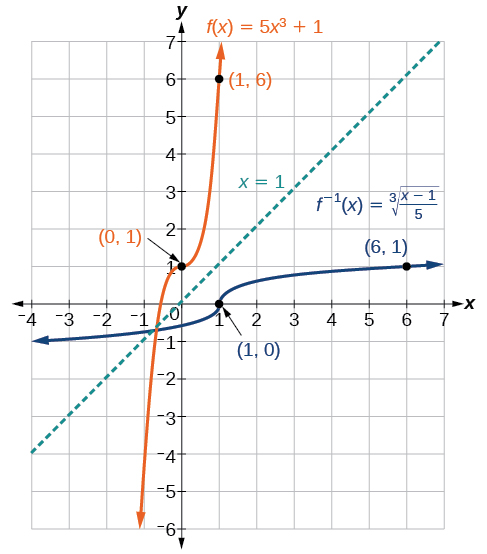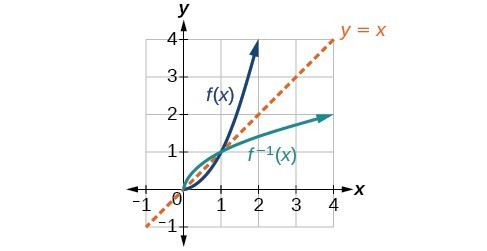Inverse USO ETFs have gained popularity among investors looking to profit from declining oil prices. These exchange-traded funds offer a unique opportunity for individuals to take short positions on the United States Oil Fund (USO), which tracks the price of crude oil.
While inverse USO ETFs can be a valuable tool for experienced investors, it is essential to understand their potential drawbacks and limitations before diving in. In this article, we will explore some of these factors and provide strategies for mitigating risks associated with investing in inverse USO ETFs.
Tracking Error and Deviation from the Underlying Index
Inverse USO ETFs aim to provide daily returns inversely correlated to the USO index. However, factors such as fees, expenses, and market volatility can lead to deviations from expected results. These variations can be positive, resulting in higher returns than anticipated, or negative, leading to unexpected losses.
Close monitoring and adjustment of investment strategies are crucial to navigate these discrepancies effectively.
Short-term Trading Restrictions and Tax Implications
Investing in inverse USO ETFs has certain limitations to be aware of, including short-term trading restrictions and tax implications. Regulatory bodies impose these trading restrictions to prevent market manipulation, which can restrict an investor’s ability to make quick trades or take advantage of short-term market movements.
It is important to understand the tax implications as gains from these funds may be subject to capital gains tax when sold or exchanged. Seeking advice from a tax professional can help navigate these potential taxes and ensure a sound investment strategy.
Strategies for Mitigating Risks when Investing in Inverse USO ETFs
To mitigate risks when investing in inverse USO ETFs, there are two key strategies to consider. First, implementing stop-loss orders allows investors to automatically sell their shares if the price reaches or falls below a predetermined level, limiting potential losses.
Second, diversifying your investment portfolio across different asset classes helps reduce risk exposure and enhance overall returns. By utilizing these strategies, investors can navigate the risks associated with inverse USO ETFs and increase their chances of success.
Regulatory Considerations and Potential Changes Impacting Inverse USO ETFs
Regulatory considerations have a significant impact on the performance and availability of inverse USO ETFs. The Securities and Exchange Commission (SEC) has introduced new regulations that require additional disclosures and risk warnings for these types of funds.
Stricter trading restrictions, enhanced disclosure requirements, or changes to the underlying index’s methodology may be implemented in the future. Investors should stay informed about regulatory developments to make educated decisions and adapt their investment strategies accordingly.
Realistic Expectations: Understanding the Limitations of Inverse USO ETFs
Inverse USO ETFs provide opportunities to profit from declining oil prices, but it’s important to have realistic expectations and understand their limitations. These funds are designed for short-term trading, not long-term investments or precise market timing. Factors like tracking error and fees make them unsuitable for retirement portfolios.
Timing market movements accurately is challenging even with inverse ETFs, as they are influenced by various factors like geopolitical events and global economic conditions.
Investors should approach inverse USO ETFs with caution, conduct thorough research, seek expert advice, and consider the broader market context before making investment decisions.
In summary, while inverse USO ETFs can be valuable tools for short-term trading, they aren’t suitable for long-term investments or precise market timing strategies. Investors should have realistic expectations, carefully evaluate their financial goals, and consider alternative investment options for long-term growth or income generation.
Thorough research and expert advice are crucial when investing in inverse USO ETFs to mitigate risks associated with short-term price movements and broader market dynamics.
Lessons Learned from Unsuccessful Investments in Inverse USO ETFs
Investing in inverse USO ETFs can be risky, as highlighted by two case studies. Investor Z suffered significant losses due to improper timing and lack of research. This underscores the importance of thorough research, understanding market dynamics, and avoiding impulsive decisions based solely on expectations.
Investor W experienced negative returns due to unforeseen market events impacting oil prices. This emphasizes the need to consider external factors that can influence market movements and the importance of diversification as a risk management strategy.
These examples serve as valuable lessons for investors interested in inverse USO ETFs, emphasizing the need for informed decision-making and considering various factors beyond simple predictions.
Factors to Consider When Deciding Whether to Invest in an Inverse USO ETF
Investing in inverse USO ETFs can be attractive for those seeking profit from declining oil prices. However, it’s vital to understand the potential drawbacks and limitations associated with these funds.
Tracking error is an important consideration. The ETF’s returns may differ from expected inverse returns due to factors like fees and market volatility. Choose ETFs with lower tracking errors.
Short-term trading restrictions exist for some inverse USO ETFs, limiting frequent buying or selling within a timeframe. Understand these limitations, especially for frequent traders.
Tax implications are significant. Inverse ETFs can generate taxable events even without selling shares due to derivative contracts triggering capital gains or losses. Seek advice from a tax professional.
Regulatory changes can impact performance and viability. Stay updated on any regulatory developments that may affect investing in these funds.
To mitigate risks, use strategies like stop-loss orders and diversify your investment portfolio. Stop-loss orders protect against adverse price movements, while diversification reduces exposure to single investments.
Have realistic expectations about the role of inverse USO ETFs in your overall strategy. They’re designed for short-term trading, not long-term investments. Timing the market accurately is challenging even with inverse ETFs.
Approach inverse USO ETFs cautiously, conduct thorough research, and manage risks effectively to increase chances of success. Understand tracking error, trading restrictions, taxes, and regulations before making informed decisions about investing in these funds.
[lyte id=’o5sV3ejqXqc’]






